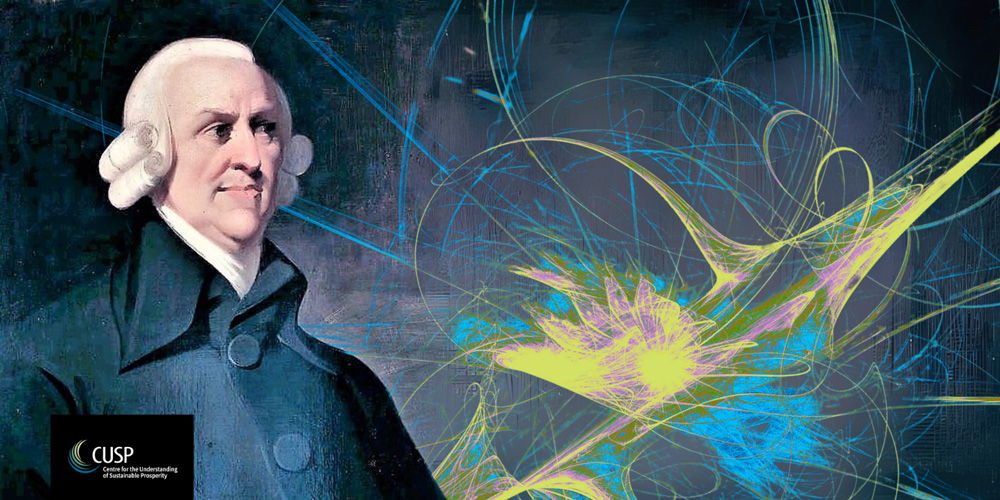The relationship between energy and capital: insights from The Wealth of Nations | Journal paper by Simon Mair (original) (raw)
Simon Mair
Review of Radical Political Economics | Nov 2025

Summary
To deliver low-carbon transitions, we must understand the dynamics of capital. To this end, Simon Mair develops a theory of energy-capital relations by reading Adam Smith’s The Wealth of Nations from an energy-analysis perspective. He argues that, for Smith, capital is any resource used to support production with the intention of generating profits through market exchange.
In The Wealth of Nations, capital enables access to new sources of energy and increases energy efficiency. This theory of energy-capital relations explains trends seen in historical energy data: because it is profit driven, capital does not save energy, it redirects it to new uses. This suggests that low-carbon investment can only enable a low-carbon transition if coupled to a systematic challenge to the profit drive.
The article is available in open access format via the Sage Journals website. If you have difficulties accessing the paper, please get in touch: info@cusp.ac.uk.
Citation
Mair S 2024. The Relationship Between Energy and Capital: Insights from The Wealth of Nations. Review of Radical Political Economics. https://doi.org/10.1177/04866134241294096